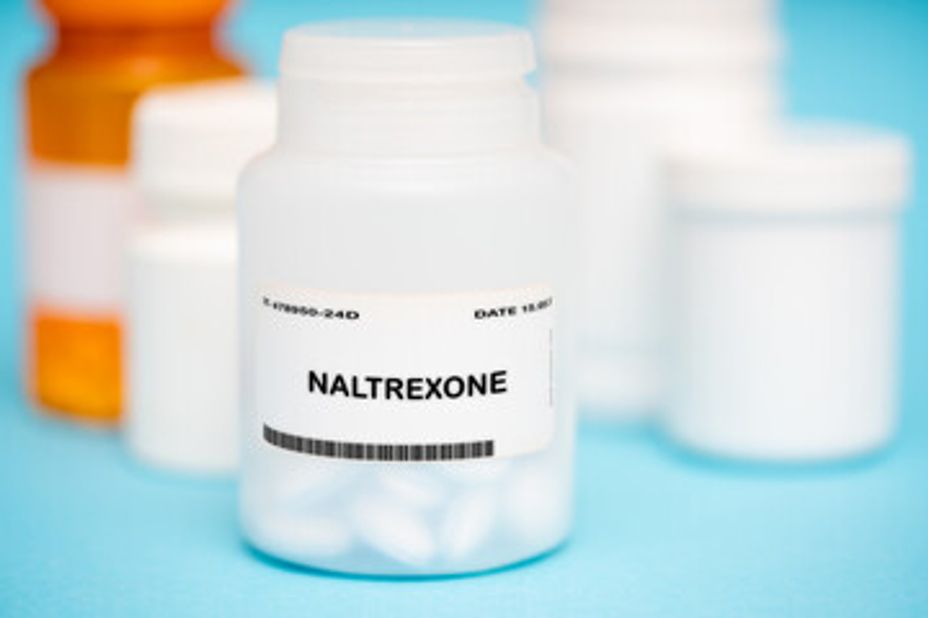Low Dose Naltrexone for Pain Management
Low doses of naltrexone for pain management is an alternative for opioids. Naltrexone is commonly prescribed to recovering alcoholics and narcotic addicts. It is now being used to help chronic pain sufferers find relief from a variety of pain conditions including fibromyalgia, inflammatory bowel, Crohn’s disease, and complex regional pain syndrome.
What is naltrexone?
Naltrexone is a prescription medication used to suppress narcotic and alcohol cravings in recovering addicts. Naltrexone is used as just one part of an addict’s overall treatment plan. It is prescribed only after a person is no longer dependent on drugs or alcohol.
How does Naltrexone work?
Naltrexone blocks the euphoric sensations associated with narcotic and alcohol use. It is non-addictive and produces no narcotic-like effects.
Researchers believe that naltrexone also modulates the release of inflammatory chemicals in the central nervous system. The drug temporarily binds to and blocks the Mu opioid receptors (MORs) which are central to pain control. When these receptors are blocked, the body responds by producing more pain-relieving endorphins.
Dosage of naltrexone for pain relief vs addiction
When used for the management of addiction, the typical daily dosage of naltrexone is 50–100 mg per day. For chronic pain relief, the dosage is typically less than 8 mg per day. Patients may start off with a dose as low as .01 mg. A more typical starting dose is 1.0.0.5 mg. On average, dosages of low-dose naltrexone (LDN) are approximately 1/10th of the typical addiction treatment dosage.
Prescriptions for LDN can be filled by compounding pharmacies that grind up the higher dose tablet into ultra-low doses.
Are there side effects of naltrexone?
Common side effects of naltrexone when used for addiction management include nausea, fatigue, and loss of appetite. While most side effects are mild, serious side effects are possible. The Mayo Clinic provides a comprehensive list of all possible side effects. Side effects are much less likely to occur in patients taking low doses of the drug.
Research on low-dose naltrexone for chronic pain
Results of a review conducted in 2014 indicated that “Low-dose naltrexone (LDN) has been demonstrated to reduce symptom severity in conditions such as fibromyalgia, Crohn’s disease, multiple sclerosis, and complex regional pain syndrome.” The review found Crohn’s disease to be the condition with the most scientific support when it comes to the efficacy of LDN for chronic pain relief.
A 2018 review found that “Clinical reports of LDN have demonstrated possible benefits in diseases such as fibromyalgia, Crohn's disease, multiple sclerosis, complex-regional pain syndrome, Hailey-Hailey disease, and cancer.”
According to a 2020 review, “Low-dose naltrexone LDN for chronic pain has shown promise to reduce symptoms related to conditions such as fibromyalgia, inflammatory bowel conditions, and multiple sclerosis.”
A systematic review conducted by the University of Michigan School of Dentistry concluded that “Low-dose naltrexone provides an alternative in medical management of chronic pain disorders as a novel anti-inflammatory and immunomodulator. It can offer additional management options, as orofacial pain conditions share characteristics with other chronic pain disorders.” Authors of the study consider the drug “a good option for patients with orofacial and chronic pain, without the risk of addiction.”
What pain management specialists say about LDN
According to an article published by Weill Cornell Medicine in September 2020, their pain management specialists have had success treating chronic pain patients with low-dose naltrexone. When interviewed, Dr. Neel Mehta, said, “Generally, my patients report pain relief greater than 50 percent, that they’re sleeping better, or can return to work. And some patients end up responding well to doses as low as 0.0.0.1 for reasons we don’t yet completely understand. Patients are experiencing good results with low harm in these early studies.”
In an article published by NPR, Dr. Bruce Vroorman, an associate professor at Dartmouth's Geisel School of Medicine and the author of the above-mentioned 2018 review, was interviewed. According to the article, “Vrooman says that when it comes to treating some patients with complex chronic pain, low-dose naltrexone appears to be more effective and well-tolerated than the big-name opioids that dominated pain management for decades.” He said that LDN is a “game changer” for some chronic pain patients.
In an interview with Michigan News, orofacial pain specialist Elizabeth Hatfield discussed the use of LDN. She said, “We found a reduction in pain intensity and improvement in quality of life, and a reduction in opioid use for patients with chronic pain.” She went on to say that it is best used on centralized pain disorders including fibromyalgia, complex regional pain syndrome, and TMJ.
Low-dose naltrexone may be a possible treatment for long COVID
According to a recent article published by Reuters, Dr. Jack Lambert, an infectious disease expert at University College Dublin School of Medicine, ran a pilot study on the use of LDN for long COVID. Lambert has reported previous success in using LDN to treat pain and fatigue associated with chronic Lyme disease.
After being treated with LDN for two months, the 38 pilot study participants reported improvement in energy, pain, concentration, insomnia and overall recovery from COVID-19.
Lambert is preparing to run a larger trial to confirm the results. He believes it is possible that LDN may work to repair the damage done to the body by the virus.
Conclusion
Low-dose naltrexone for pain management appears to be safer and more effective than widely used opioids. It might be worth a try if you’re in chronic pain and want to avoid, reduce or eliminate the use of opioids. It's important to find a knowledgeable healthcare provider who can guide you in terms of dosages and how to taper off of opioids safely.
Other options that involve oral administration of a substance in order to avoid, reduce or eliminate the use of opioids while safely improving pain relief include marijuana, CBD, kratom, an anti-inflammatory diet, nutritional supplements including vitamin D and magnesium.

